War movies have always had a way of gripping us, mixing intense action with deep emotional stories. They can show the raw, brutal realities of battle, but also highlight the heroism, sacrifice, and moral complexities of war. While certain films like Apocalypse Now have earned their place in the war movie hall of fame, there are plenty of other films that deserve equal recognition for their portrayal of conflict, courage, and humanity.
In this list, we’re ranking the 20 best war movies that go beyond just explosions and gunfire. These films manage to capture the essence of war in unique ways, from the personal struggles of soldiers to the broader impact of global conflicts. You might be surprised to find that Apocalypse Now isn’t sitting at the top spot—but that’s what makes this ranking interesting. It’s a reminder that there are many great war films out there, each with its own perspective and approach to telling these powerful stories.
Saving Private Ryan
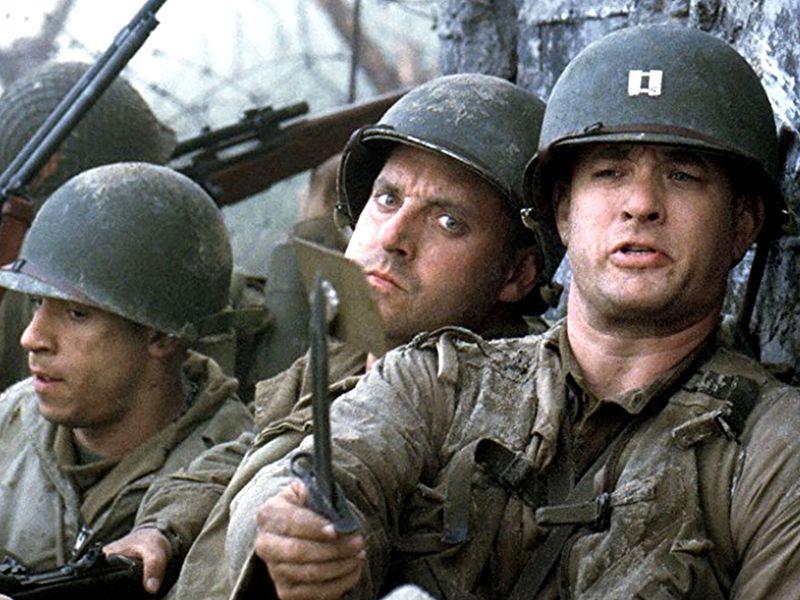
Steven Spielberg’s “Saving Private Ryan” is often lauded for its realistic portrayal of World War II’s D-Day invasion. The film follows Captain Miller, played by Tom Hanks, as he embarks on a mission to find and bring home Private James Ryan. The opening scene is particularly famous for its intense depiction of the Omaha Beach landing, providing viewers with a visceral experience of the chaos and terror of war. The film doesn’t shy away from the brutality of combat yet highlights the camaraderie and heroism of soldiers. Its emotional depth and technical brilliance make it a timeless classic.
Black Hawk Down
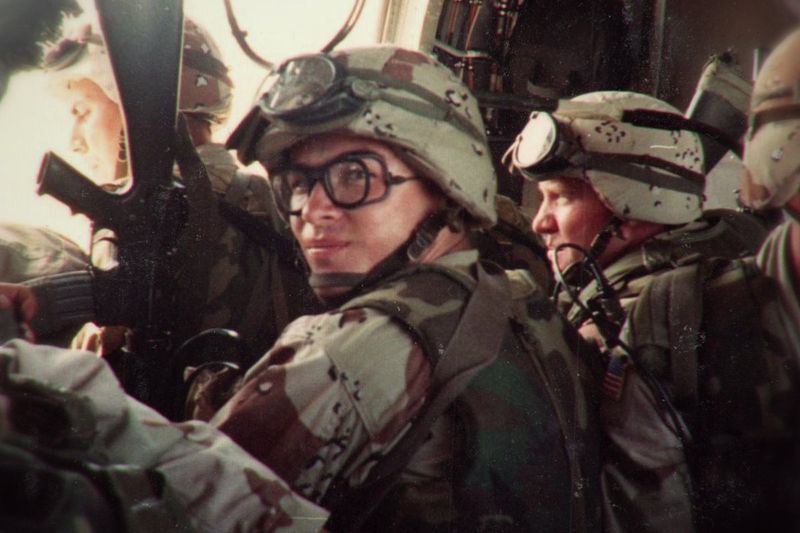
“Black Hawk Down,” directed by Ridley Scott, portrays a harrowing real-life mission gone awry in Mogadishu, Somalia. The film captures the intense urban warfare faced by American soldiers during the Battle of Mogadishu. Through gripping action sequences and a detailed depiction of military strategy, the movie immerses viewers in the soldiers’ struggles. The ensemble cast, including Josh Hartnett and Ewan McGregor, brings authenticity to the chaos and camaraderie experienced during combat. While the narrative focuses on the tactical aspect, it also underscores the human cost of war, making it both thrilling and poignant.
Full Metal Jacket

Stanley Kubrick’s “Full Metal Jacket” examines the dehumanizing effects of war, starting from the brutal Marine Corps boot camp training. The first half of the film introduces us to Sergeant Hartman, whose aggressive methods shape the recruits’ transformation into soldiers. The second half takes us to Vietnam, where the psychological impacts of war are further explored. The film’s unique structure allows it to delve into both the preparation and the actual horrors of combat. Kubrick’s meticulous direction and dark humor create a compelling narrative that remains relevant in its critique of military culture.
Dunkirk
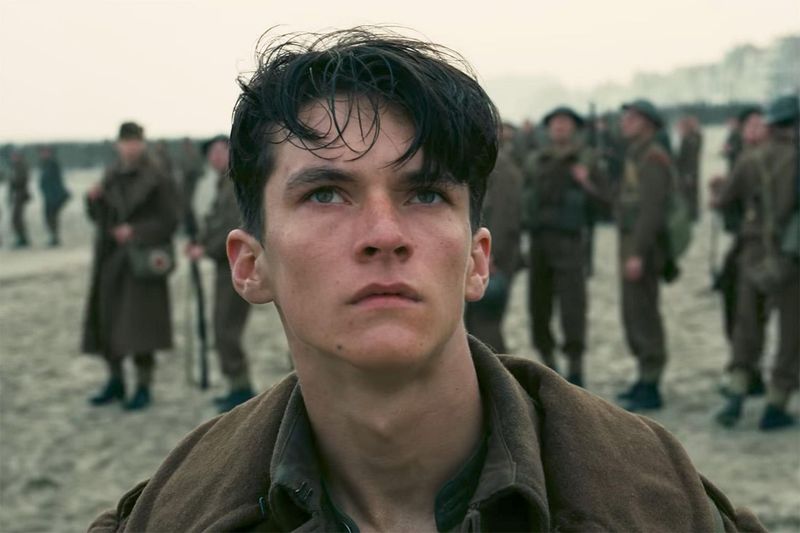
Christopher Nolan’s “Dunkirk” is a masterclass in tension and visual storytelling. Set during World War II, it chronicles the desperate evacuation of Allied soldiers from the beaches of Dunkirk, France. The film employs a non-linear narrative, weaving together three perspectives: land, sea, and air. This innovative structure heightens the suspense, as viewers experience the evacuation’s urgency and chaos from multiple angles. With minimal dialogue, “Dunkirk” relies on its stunning cinematography and Hans Zimmer’s score to convey the emotional weight of the situation. It’s a cinematic experience that immerses audiences in the harrowing moments of history.
Platoon
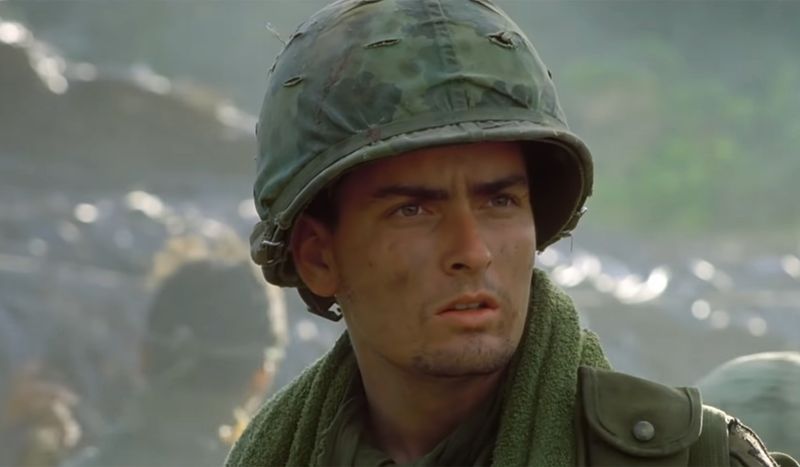
Oliver Stone’s “Platoon” is an unflinching look at the Vietnam War, drawing from Stone’s personal experiences as a soldier. The film centers on a young recruit, portrayed by Charlie Sheen, who navigates the moral complexities and chaos of war. Stone’s direction vividly captures the visceral reality of combat, with its unpredictable and brutal nature. The film also explores themes of leadership and morality, embodied by the conflicting ideologies of two sergeants, played by Tom Berenger and Willem Dafoe. “Platoon” offers a raw, authentic examination of war’s impact on individuals, making it a seminal work in the genre.
1917
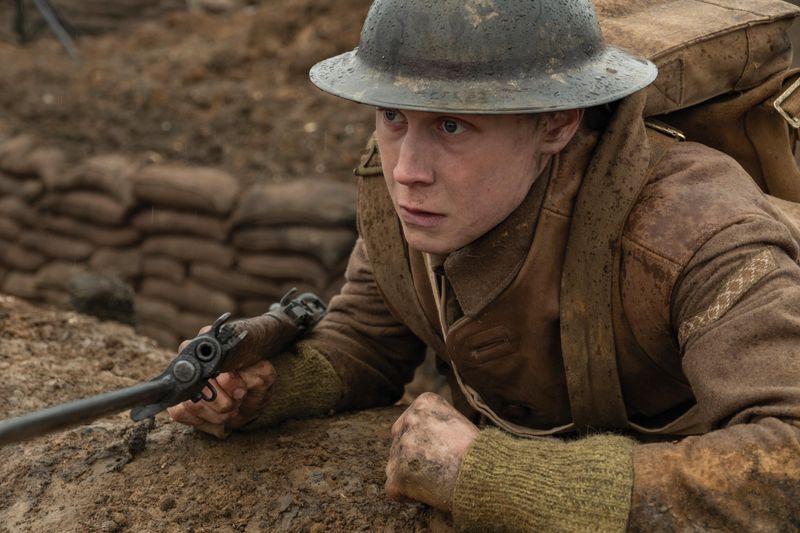
Sam Mendes’ “1917” is a technical marvel, presented as a single continuous shot that immerses viewers in the story. Set during World War I, it follows two young soldiers tasked with delivering a message to prevent a doomed attack. The film’s real-time approach builds relentless tension, echoing the urgency and peril faced by the characters. The cinematography by Roger Deakins is breathtaking, capturing both the beauty and devastation of the wartime landscape. “1917” is not just a visual spectacle but an emotional journey, highlighting the bravery and determination of those who fought in the Great War.
Letters from Iwo Jima
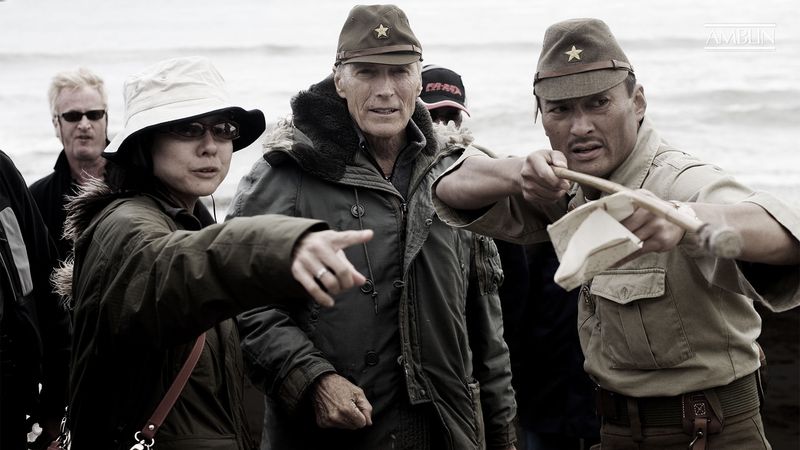
Clint Eastwood’s “Letters from Iwo Jima” offers a rare perspective on World War II, focusing on the Japanese soldiers defending Iwo Jima island. The film, told through the eyes of General Kuribayashi and his men, presents a humanizing portrayal of the enemy, exploring their fears, hopes, and sacrifices. Eastwood’s direction emphasizes the shared humanity amidst conflict, challenging traditional war narratives. The storytelling is poignant, supported by strong performances and a haunting score. “Letters from Iwo Jima” provides a nuanced view of war’s impact on both sides, encouraging empathy and understanding.
Schindler’s List
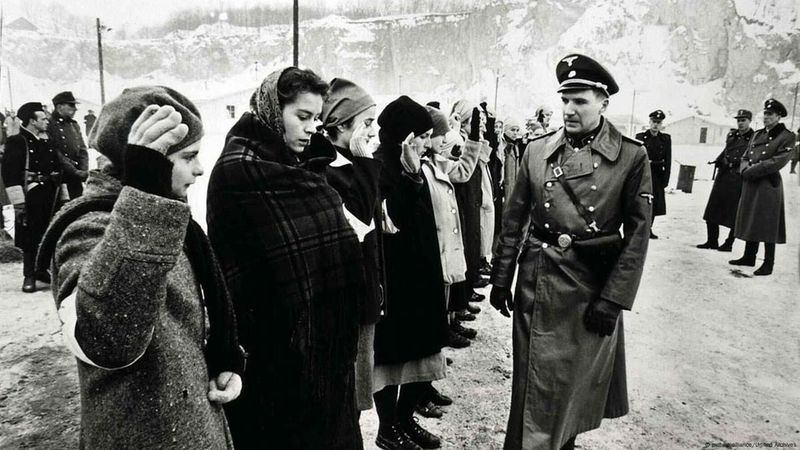
“Schindler’s List,” directed by Steven Spielberg, is a powerful depiction of the Holocaust, focusing on Oskar Schindler’s efforts to save Jewish lives. The film is notable for its stark black-and-white cinematography, which underscores the bleak reality of the era. Schindler, played by Liam Neeson, transitions from a profit-driven businessman to a compassionate savior. The narrative is deeply moving, capturing the atrocities of the Holocaust while highlighting acts of kindness and bravery. “Schindler’s List” is a testament to the human spirit’s resilience and an essential reminder of history’s darkest chapter.
The Thin Red Line

Terrence Malick’s “The Thin Red Line” is a reflective exploration of war’s psychological and philosophical dimensions. Set during the Battle of Guadalcanal, the film contrasts the natural beauty of the Pacific with the horrors of combat. Malick’s signature poetic style is evident in the film’s meditative pace and introspective voiceovers. The ensemble cast, including Sean Penn and Jim Caviezel, delivers nuanced performances that add depth to the narrative. While action sequences are present, the focus is on the internal struggles and moral questions faced by soldiers, making “The Thin Red Line” a thought-provoking war film.
The Bridge on the River Kwai
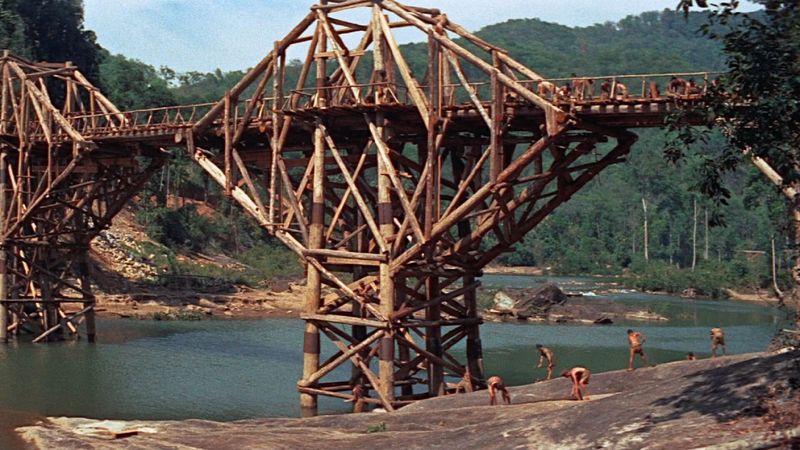
David Lean’s “The Bridge on the River Kwai” is an epic tale of resilience and obsession. Set during World War II, it follows British POWs forced to construct a railway bridge in Burma under Japanese captivity. The film explores themes of honor, duty, and the clash of wills between Colonel Nicholson, played by Alec Guinness, and the Japanese commandant. Lean’s direction and the film’s sweeping cinematography create a captivating narrative that delves into the psychological battles of war. “The Bridge on the River Kwai” stands out for its moral complexity and memorable performances, becoming a classic in the war genre.
Paths of Glory
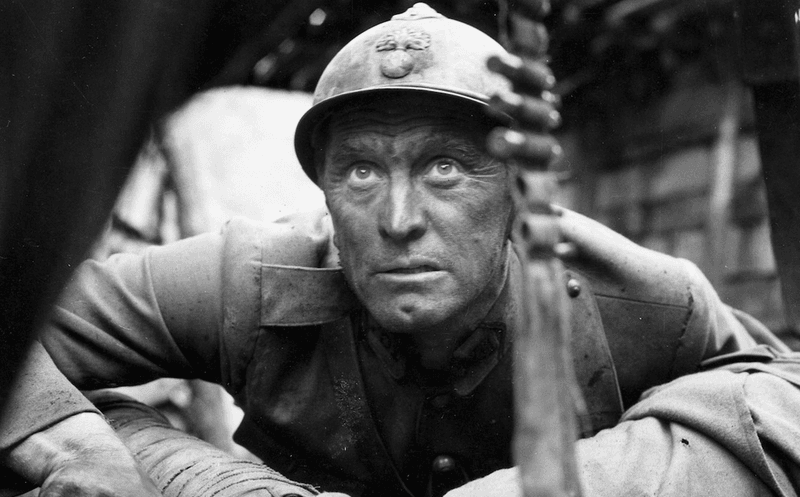
Stanley Kubrick’s “Paths of Glory” is a gripping critique of military hierarchy and the futility of war. Set during World War I, the film follows Colonel Dax, portrayed by Kirk Douglas, as he defends soldiers unfairly accused of cowardice. Kubrick’s direction highlights the stark contrasts between the frontline’s brutal reality and the detached, arrogant leadership. The film’s powerful storytelling and intense performances make it a poignant examination of honor and injustice. “Paths of Glory” remains a timeless classic, revered for its bold commentary on the human cost of war and the moral dilemmas faced by soldiers.
Hacksaw Ridge
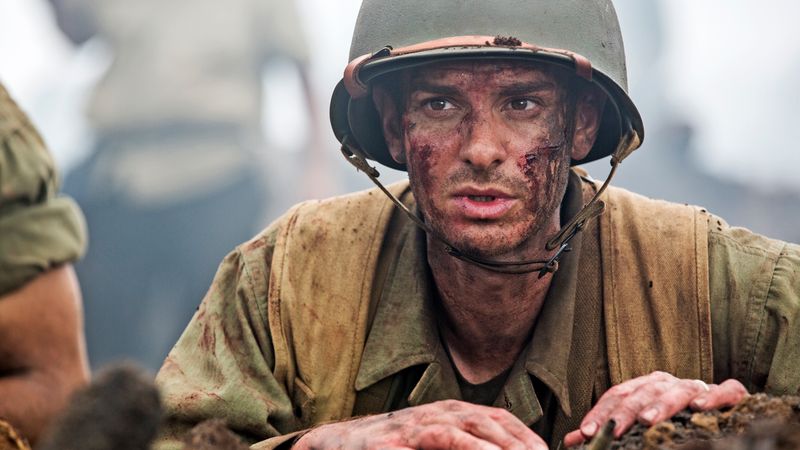
“Hacksaw Ridge,” directed by Mel Gibson, tells the inspiring true story of Desmond Doss, a conscientious objector who served as a medic during the Battle of Okinawa. Andrew Garfield delivers a compelling performance as Doss, who, despite refusing to carry a weapon, performed acts of extraordinary bravery, rescuing 75 men under fire. The film vividly portrays the chaos of battle, contrasting it with Doss’s unwavering faith and commitment to saving lives. “Hacksaw Ridge” is both a thrilling war film and a testament to the power of conviction and courage in the face of adversity.
A Bridge Too Far
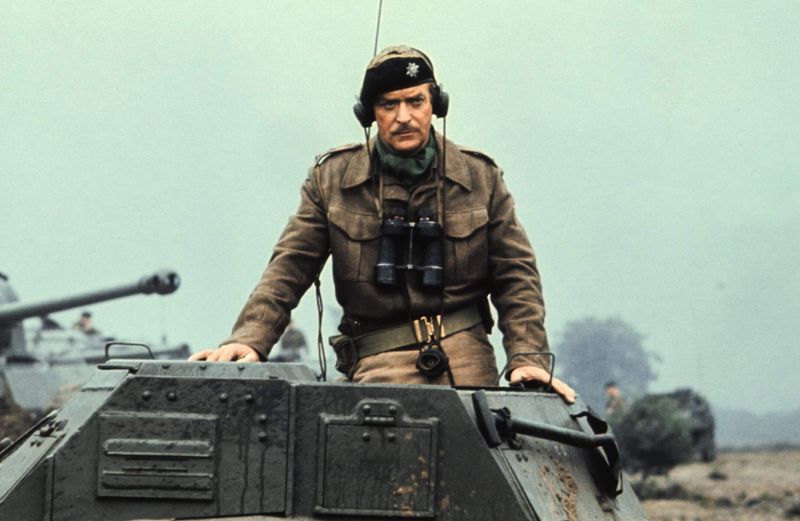
Richard Attenborough’s “A Bridge Too Far” chronicles the ambitious but ill-fated Operation Market Garden during World War II. The film features an all-star cast, including Sean Connery and Anthony Hopkins, who portray the complexities and challenges of the operation. Through detailed battle sequences and personal stories, the narrative captures the operation’s scale and the bravery of those involved. The film explores themes of hubris and miscalculation, offering a sobering look at the consequences of strategic overreach. “A Bridge Too Far” remains a compelling depiction of one of the war’s most ambitious military endeavors.
The Hurt Locker
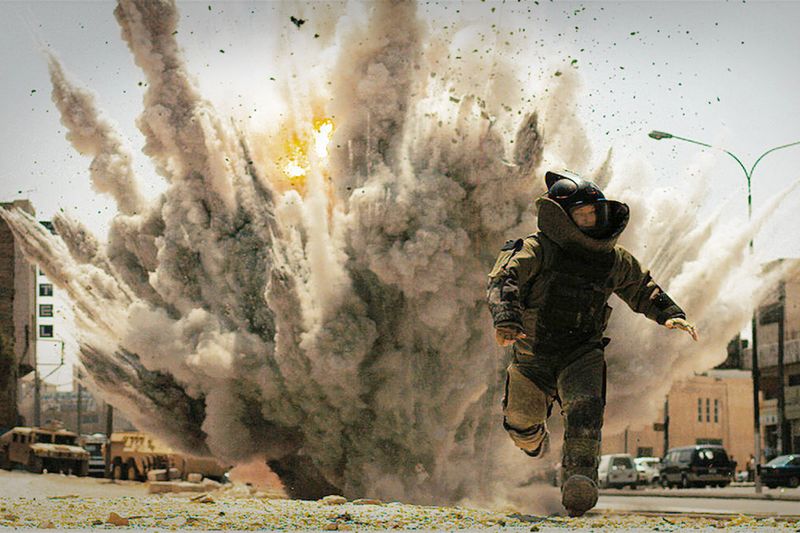
Kathryn Bigelow’s “The Hurt Locker” offers a tense, gripping look at the Iraq War through the eyes of a bomb disposal team. Jeremy Renner stars as Sergeant James, whose addiction to the adrenaline of war presents a complex character study. The film’s intense action sequences and realistic portrayal of military operations immerse viewers in the soldiers’ high-stakes world. Bigelow’s direction emphasizes the psychological toll of warfare, exploring themes of bravery, obsession, and the thin line between heroism and danger. “The Hurt Locker” is celebrated for its authenticity and has earned its place among modern war classics.
Enemy at the Gates
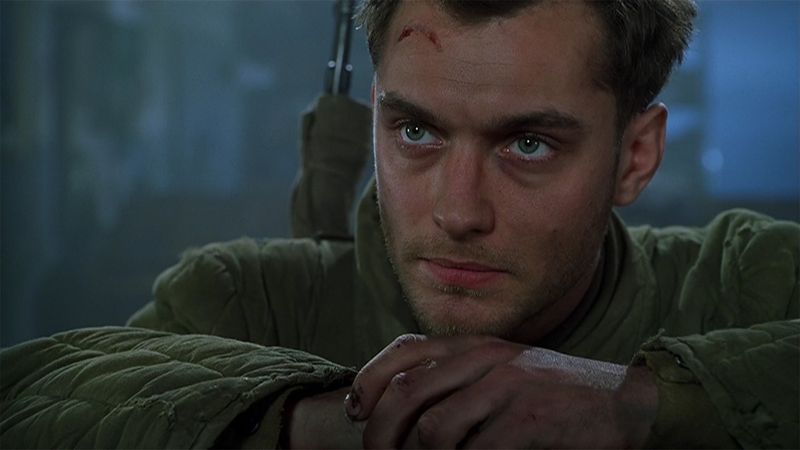
“Enemy at the Gates,” directed by Jean-Jacques Annaud, dramatizes the Battle of Stalingrad, focusing on the sniper duel between Vassili Zaitsev and Major König. Jude Law and Ed Harris deliver compelling performances as the two adversaries, representing the larger conflict between German and Soviet forces. The urban warfare setting adds tension and authenticity to the narrative, depicting the harsh conditions and strategic importance of the battle. The film explores themes of heroism, propaganda, and the psychological chess game of snipers. “Enemy at the Gates” is both a thrilling and insightful portrayal of one of World War II’s critical battles.
The Pianist

Roman Polanski’s “The Pianist” is a poignant account of survival during the Holocaust, based on the true story of pianist Władysław Szpilman. Adrien Brody’s Oscar-winning performance captures Szpilman’s struggle to survive amid the destruction of Warsaw. The film vividly portrays the horrors faced by Polish Jews while highlighting the resilience and strength required to endure. Polanski’s direction balances the intimate personal story with the broader historical context, creating a haunting and moving depiction of human perseverance. “The Pianist” is a testament to the enduring power of art and the human spirit in the face of unimaginable adversity.
Glory
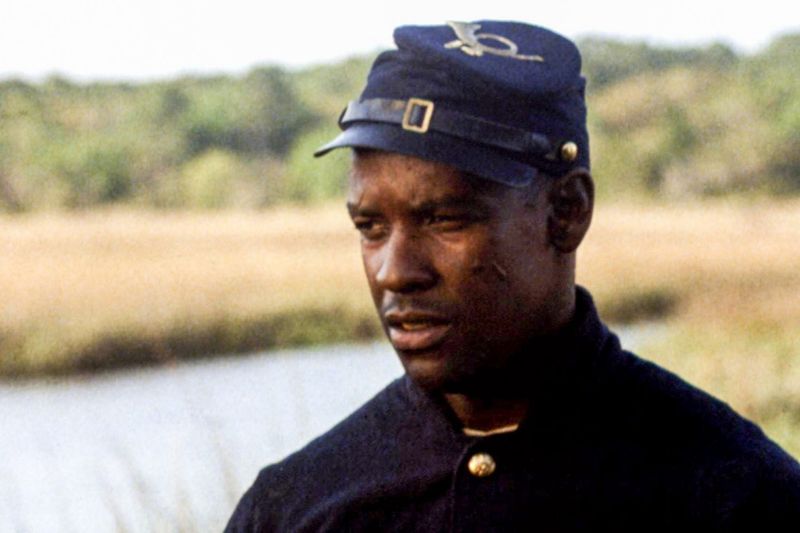
“Glory,” directed by Edward Zwick, tells the powerful story of the 54th Massachusetts Infantry Regiment, one of the first African American units in the Civil War. Led by Colonel Robert Gould Shaw, played by Matthew Broderick, the film showcases the courage and determination of these soldiers. Denzel Washington and Morgan Freeman deliver standout performances, adding depth to the narrative of camaraderie and sacrifice. The film vividly depicts the challenges faced by the regiment, both in battle and within the Union Army. “Glory” is celebrated for its historical accuracy and emotional impact, highlighting a pivotal moment in American history.
Gallipoli
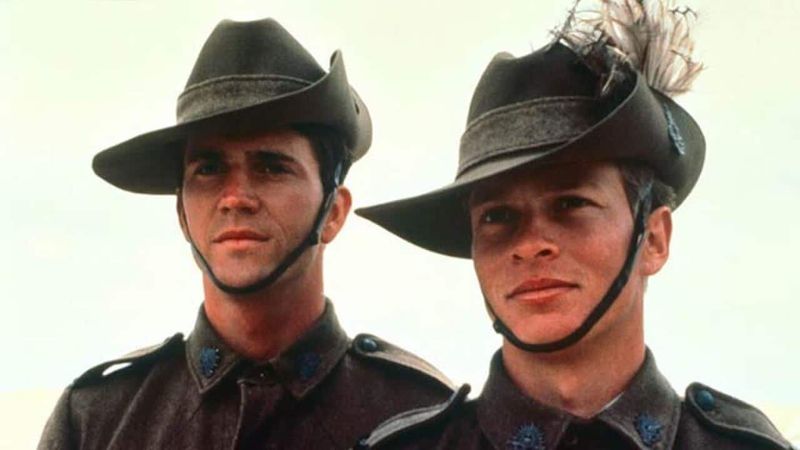
Peter Weir’s “Gallipoli” is a poignant exploration of youth and sacrifice during World War I. The film follows two young Australians, portrayed by Mel Gibson and Mark Lee, as they enlist and face the brutal realities of the Gallipoli campaign. Weir’s direction captures the innocence and camaraderie of the soldiers, juxtaposing it with the senselessness of war. The film’s emotional core is its depiction of friendship and the tragic loss of potential. “Gallipoli” remains a powerful reminder of the human cost of conflict, resonating with audiences for its heartfelt storytelling and historical significance.
Das Boot
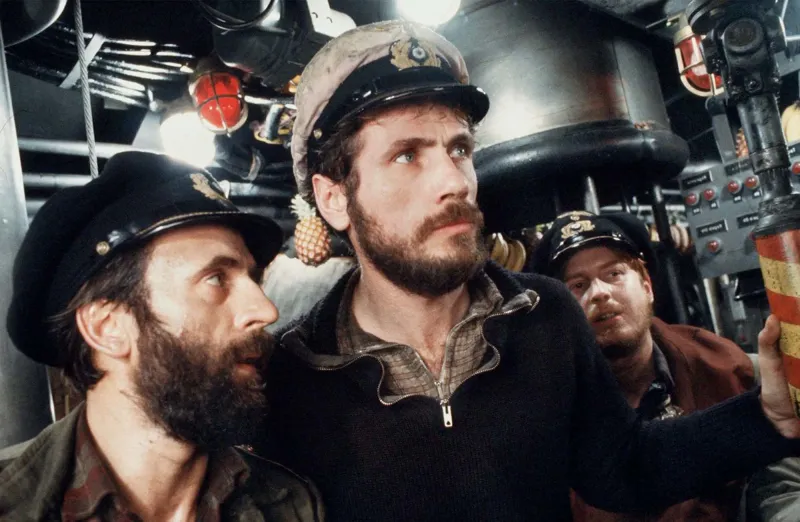
Wolfgang Petersen’s “Das Boot” delivers a gripping, claustrophobic portrayal of life aboard a German U-boat during World War II. The film immerses viewers in the tense, confined environment of the submarine, highlighting the physical and psychological strain on its crew. Petersen’s meticulous attention to detail and masterful direction create an intense, immersive experience that captures the relentless pressure faced by the submariners. “Das Boot” explores themes of duty, survival, and the futility of war, offering a unique perspective on the naval battles of World War II. Its authenticity and suspense make it a standout in the war genre.
Apocalypse Now

Francis Ford Coppola’s “Apocalypse Now” is an epic exploration of the Vietnam War’s chaos and madness. The film follows Captain Willard, played by Martin Sheen, on a mission to assassinate the rogue Colonel Kurtz in the heart of the jungle. The surreal journey up the river serves as a metaphor for the descent into the war’s moral ambiguity and insanity. Coppola’s direction, combined with a haunting soundtrack and stunning visuals, creates a hallucinatory experience. While not ranked as number one here, “Apocalypse Now” remains a critical and influential work, renowned for its audacious storytelling and profound impact.
